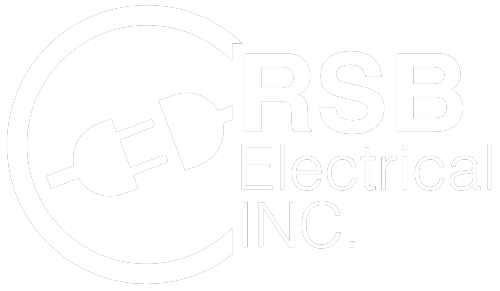Dryer Safety
Clothes dryers have replaced clothes lines as the primary method of drying our clothes. The convenience of saving the energy necessary to hang clothing, as well as the time it took to hang, collect and put away each article of clothing is substantial. Also, dryers don’t leave clothes feeling stiff or fade them from the sun.
Using a dryer is not without cost. Dryers are huge consumers of energy. As a heat appliance, they are an electrical device which requires a certain amount of care to own. Most of the care involved with a dryer means keeping the dryer components and surrounding area clean so it can’t start a fire.
Lint, a byproduct of a typical clothes dryer, is a highly flammable material. Many time, dryer fires start as the result of an accumulation of dryer lint built up in the dryer vent. Dryer vents are notorious places for lint build-up and are prone to neglect by busy people who are already a bit out of sorts from having to do their laundry. White plastic vent hose is now illegal. If you have this type of vent hose, replace it immediately.
One solution to dryer lint buildup is to make it a practice to empty the lint trap after every load. But, since we’re talking fires here, let’s throw in a little bit of energy savings, as well: one of the greatest secrets to keeping your dryer in good condition and keep your electric bills low is not use the dryer as much as you are currently.
White plastic vent hose is now illegal. If you have this type of vent hose, replace it immediately.
Since you’re going to hang your clothing when it’s dry anyway, many people opt to hang a clothes closet pole just above their washer and dryer, where they store extra hangers. The pole serves two purposes: hanging clothing which shouldn’t be dried in the clothes dryer and hanging clothing which is partially dry so it can dry completely on the hanger instead of in the dryer.
Because the 1) washer and 2) dryer are the two things which cause the most wear on your clothing, the practice of partial-drying keeps your clothing in better condition. Also, because the bulk of the drying is over in ten or fifteen minutes, this causes less use and wear on the dryer.
Back to the lint trap.
Fortunately, most lint traps are very well made and collect about 95% or more of the lint as it passes through the dryer vent system. But, what this honestly means is that the other 5% has an opportunity to collect between the dryer vent and the dryer flap. So, in addition to cleaning the lint trap after every use, the dryer vent also needs to be habitually cleaned, from between every six months or at least once a year.
It should also be noted that the dryer vent flaps should never be blocked, and should be checked quite regularly and also during the drying cycle to make sure that they are fully open. The open vent confirms a right amount of air flow, indicating that the dryer vent hasn’t been inadvertently crushed. You should also make sure there aren’t any loose clothes articles around or behind the dryer, as these can also catch fire, or spread a fire which has already started.
The other aspect of a dryer vent pipe which should be noted is the predilection of small rodents and birds to make nests in dryer vents and dryer vent flaps. These nests increase the potential for fire danger, as well.
A good dryer vent brush, as well as a robust vacuum with a hose attachment, make excellent tools to assist in the dryer vent hose and vent flap cleaning process. Vent hose cleaning day is also a good time to remove the lint trap and scrub the screen with a small brush and some dish soap to rid the screen on the accumulation of an invisible coating created by dryer sheets. Rinse the lint trap and allow it to dry completely before returning it to its newly cleaned spot in the dryer. Cleaning your dryer vent will make it work less and save you money, too.
Have your dryer serviced as often as is indicated in the manual to ensure that the internal components do not collect lint where it can’t be seen. If the electrical socket, cord, plug, or other electrical components spark, smell, or smolder, call your electrician immediately.
RSB Electrical offers electrical appliance wiring, porch light installation, chandelier installation, and smoke detector installation services in Mesa, AZ. We also specialize in outdoor lighting installation, electrical retrofitting, and new home wiring. Call 480-485-4284 for more information.




